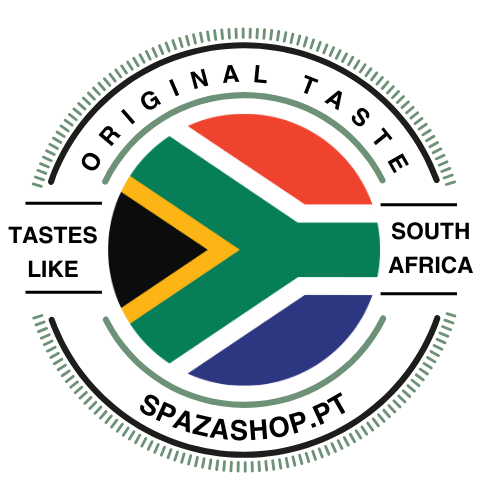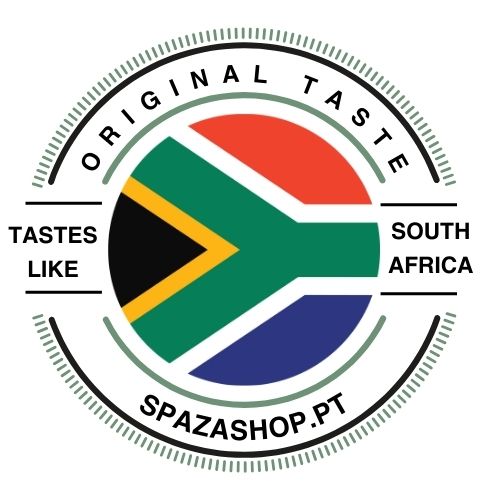WHAT MAKES MY WORS DIFFERENT FROM THE NEIGHBOUR’S?
Admittedly it is not as cheap
BUT
Years ago we ditched the typical chemical-filled and irradiated boerewors spice packs used in South Africa in favor of a healthy, clean, homemade mix, made to and packed to exceed EU standards.
OUR WORS CONTAINS:
ZERO artificial ingredients.
NO colorants, flavor enhancers, anti-oxidants, shelf-life extenders, etc.
NO soya or agents that bind fat and water add bulk to the wors.
NO allergens like egg, milk, soya, etc (yes, these are typical to most boerewors spice packs)
NO gluten.
NO nitrates.
We ensure quality by always using hormone and antibiotic-free Portuguese beef, pork, and lamb, stuffed into natural hog and lamb casings.
And last but not least!!
For sure you won’t catch any gogga when you eat my wors – it has been poked, prodded & lab-tested to the strictest H&S approval this country’s officials could throw at it.
Just fresh meat, slow-roasted crushed coriander, cloves, nutmeg, a bit of ground black pepper, sea salt, Worcestershire sauce and a touch of white wine vinegar. 
DID YOU KNOW?
According to various sources, boerewors is based on an older traditional Dutch sausage called the Frisse wors, though it differs somewhat in its ingredients.
Every seventeenth-century cook at the Cape had a favorite recipe for boerewors (farmer’s sausage). During the twentieth century, many cooks began following recipes that predominantly used coriander and cloves seasoning. A possible reason for this preference might have been the Afrikaans cookbooks by Dijkman and D.J.H., which contain recipes with these spices as ingredients.
It is a popular myth that boerewors was always made from a mixture of pork and other meats. Before the twentieth century when there were no fridges, boerewors prepared in summer consisted mainly of mutton and sheep’s tail fat and in winter it was made from pork and bacon.
It boggles the mind that people made sausage at all without the luxury of mincing machines. The meat had to be cut into tiny pieces and mixed with the spices the night before. The following morning, when it was still cold, the fat or bacon was cut into cubes while the meat was finely minced with a large pestle. Then the meat and fat or bacon were mixed with vinegar and left for a while in order to absorb the spices before cleaned intestines were filled with meat.
It was a huge job to scrap the intestines clean. If the one doing the scraping was clumsy, the intestines ended up with lots of holes, making them useless as sausage casings. Filling the intestines also had to be done by hand. The cheapest piece of filling equipment over which the intestines could be pulled and filled with meat stuffing was the horn of an animal. The sharp end of the horn was cut off and the horn hollowed out, rubbed, and polished until smooth before it was used as a filling mechanism. After the intestines were filled, the boerewors had to be placed in brine to preserve it.
Put that in your braai and smoke it:-)
We are also Portugal’s first and only shop that is totally dedicated to your favourite South African goodies.
Also, make sure to join our Meat Point Facebook group and stay tuned in:-)

